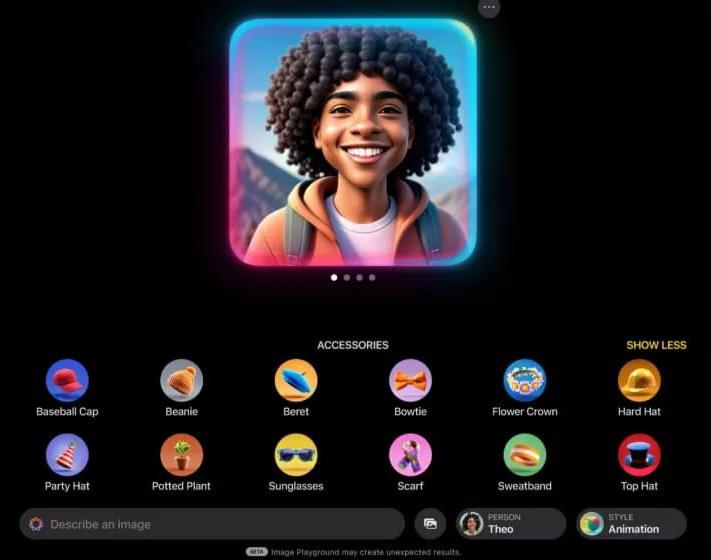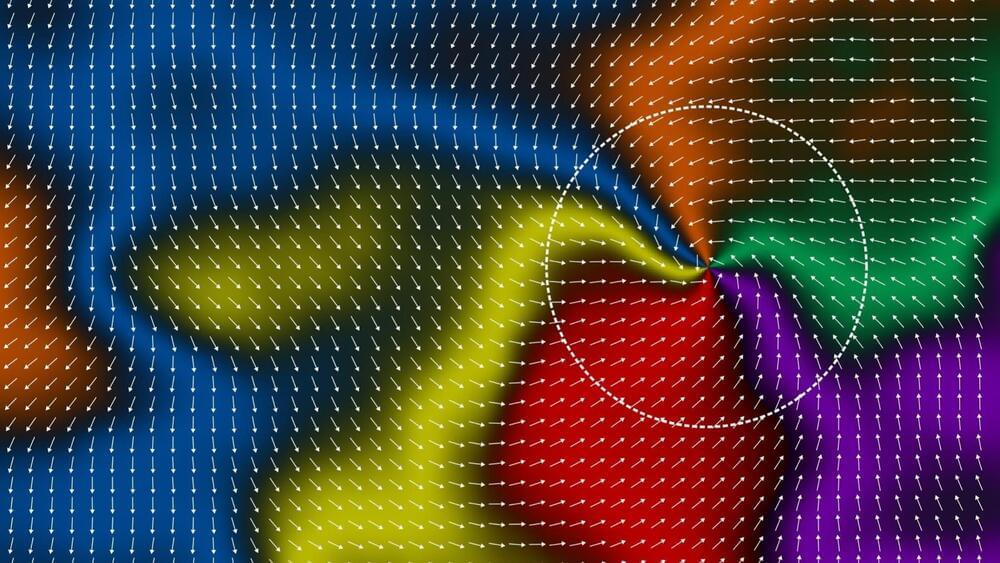Apple launched its long-awaited ChatGPT-Siri integration in the latest iOS 18.2, iPadOS 18.2, and macOS Sequoia 15.2 update today. The feature kicks in when you ask Siri something complex that Apple’s built-in AI can’t fully handle.
Aging gracefully comes naturally to these creatures, which can live for hundreds, and sometimes even thousands, of years.
‘Altermagnetism’ discovery could deliver ‘thousand-fold increase’ in memory and speed of computing components.
NASA’s Synthetic Biology Project is collaborating with the GrabCAD community to create innovative 3D-printable bioreactor designs. These bioreactors aim to reduce the mass and volume of supplies needed for extended space missions by enabling in-situ production of essential nutrients through reusable or recyclable solutions.
The project focuses on enhancing BioNutrient Production Packs, which use bio-engineered microorganisms to generate critical nutrients like beta carotene. Crews activate these microorganisms by adding water and growth media to dormant cultures. The existing bioreactors include early polycarbonate Gen-0 models and lightweight Gen-1 soft packs. Both designs allow gas exchange to prevent over-pressurization while ensuring safe nutrient production.
NASA seeks to address key challenges for long-duration missions, including designing bioreactors that are either reusable or recyclable and can be manufactured aboard spacecraft. The bioreactor must safely handle liquid cultures, support gas exchange, and be compatible with additive manufacturing technologies. Reusability designs must consider sterilization challenges, while recyclable designs should use materials that can be reprocessed into new bioreactors.
Gemini 2.0 can generate images and audio, is faster and cheaper to run, and is meant to make AI agents possible.
Use code isaacarthur at the link below to get an exclusive 60% off an annual Incogni plan: https://incogni.com/isaacarthur.
Technology offers us many options, including less reliance on others, but what does that entail and how autonomous can a person get?
Visit our Website: http://www.isaacarthur.net.
Join Nebula: https://go.nebula.tv/isaacarthur.
Support us on Patreon: / isaacarthur.
Support us on Subscribestar: https://www.subscribestar.com/isaac-a…
Facebook Group: / 1583992725237264
Reddit: / isaacarthur.
Twitter: / isaac_a_arthur on Twitter and RT our future content.
SFIA Discord Server: / discord.
Credits:
Off The Grid: Technological Autonomy.
Episode 477; December 12, 2024
Produced, Narrated \& Written: Isaac Arthur.
Editor: Donagh Broderick.
Graphics: Mafic Studios.
Select imagery/video supplied by Getty Images.
Music Courtesy of Epidemic Sound http://epidemicsound.com/creator.
Stellardrone, \
A longevity expert thinks that those who are currently in their 40s may have more than a 50% likelihood of not dying from aging-related causes.
A mathematician at Yonsei University, in Korea, claims to have solved the moving sofa problem. Jineon Baek has posted a 100+-page proof of the problem on the arXiv preprint server.
Most people who have moved their place of residence have encountered the moving sofa problem—it comes up when attempting to carry a couch around a corner. What is the largest couch that can be carried around a given corner without getting stuck? This problem was posited mathematically by mathematician Leo Moser back in 1966, and until now, has remained unsolved.
Moser’s initial thoughts centered on the possibility of developing a proof showing how mathematics could be used to solve any such problem using a given shape of a plane as it was moved around a right-angled corner of an empty space (such as a hallway) that was one unit in width.
If you looked at two snapshots of the same maple tree taken in July and December, you’d see a dramatic change from summer’s full green crown to winter’s bare branches. What those two photos don’t show you, however, is how the change occurred—gradually or all at once? In truth, deciduous trees tend to hold out for an environmental signal—a change in light or temperature—and then shed all their leaves within just a week or two.
When it comes to aging, we may be more like these trees than we realized.
According to new work from Rockefeller’s Laboratory of Single-Cell Genomics and Population Dynamics, mammals follow a similar aging trajectory at the cellular level. As described in a new paper in Science, lab head Junyue Cao and his colleagues used single-cell sequencing to simultaneously scan more than 21 million cells from every major mouse organ across five stages of life. This enormous collection is now the world’s largest cellular atlas within a single study.
Researchers at Tohoku University and the University of California, Santa Barbara, have developed new computing hardware that utilizes a Gaussian probabilistic bit made from a stochastic spintronics device. This innovation is expected to provide an energy-efficient platform for power-hungry generative AI.
As Moore’s Law slows down, domain-specific hardware architectures—such as probabilistic computing with naturally stochastic building blocks—are gaining prominence for addressing computationally hard problems. Similar to how quantum computers are suited for problems rooted in quantum mechanics, probabilistic computers are designed to handle inherently probabilistic algorithms.
These algorithms have applications in areas like combinatorial optimization and statistical machine learning. Notably, the 2024 Nobel Prize in Physics was awarded to John Hopfield and Geoffrey Hinton for their groundbreaking work in machine learning.









